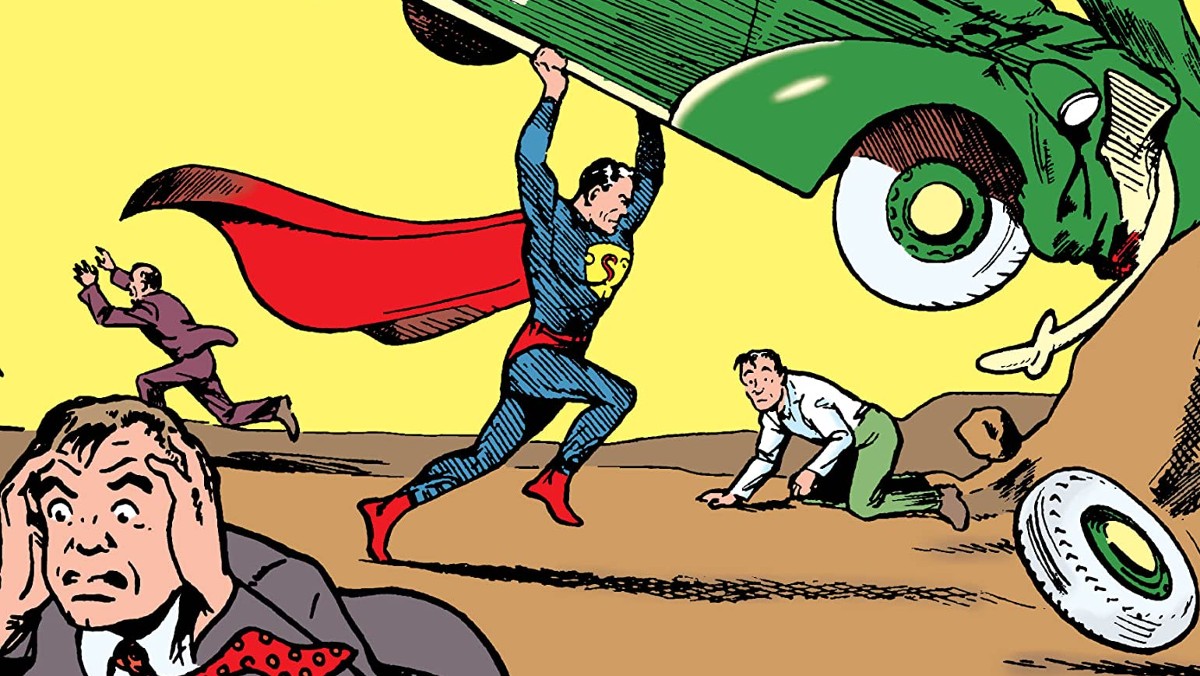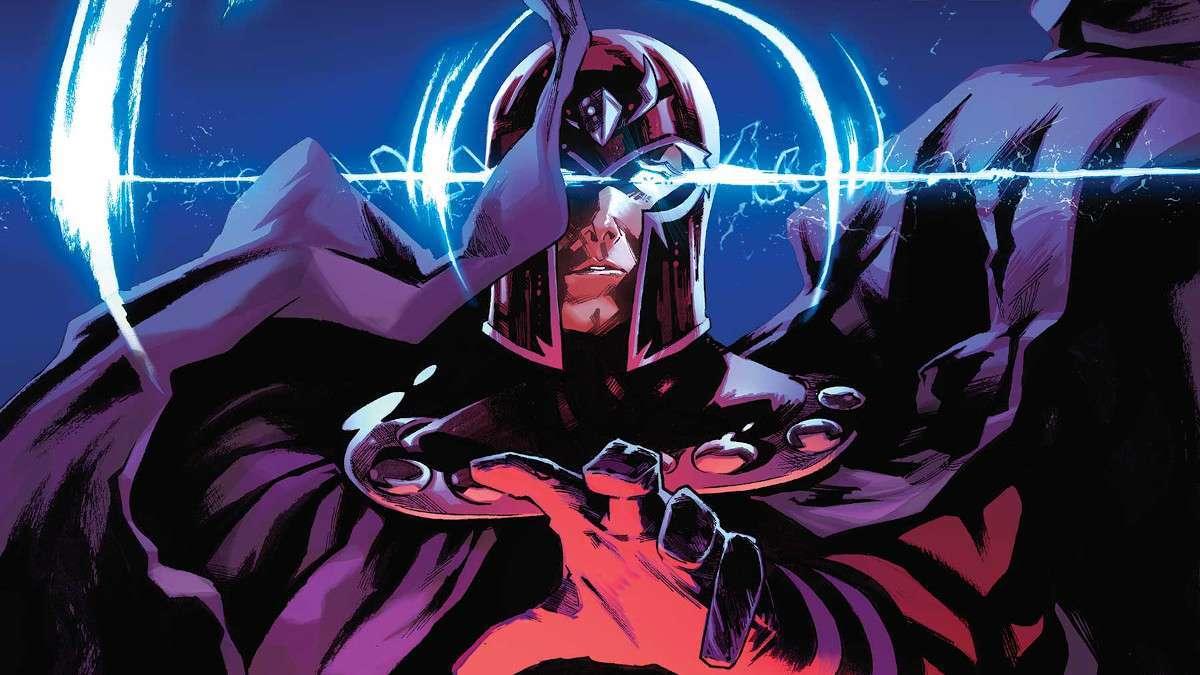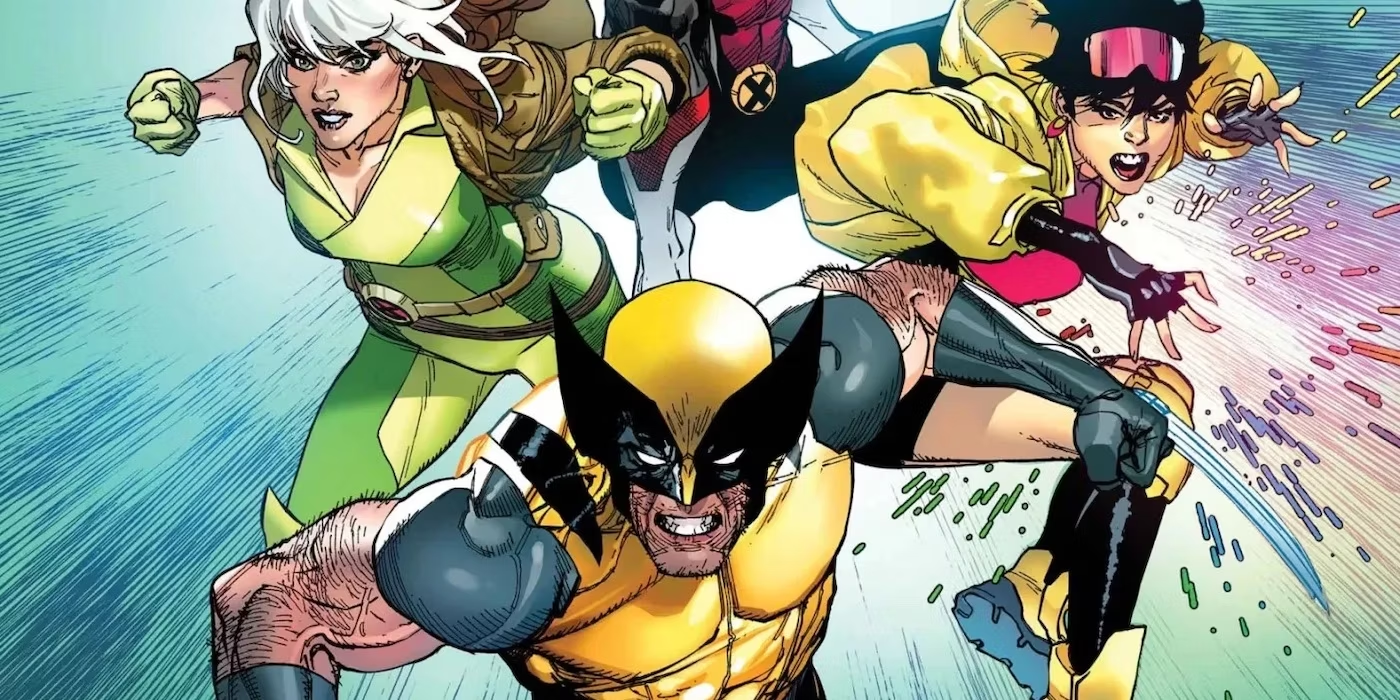The Golden Age of Comics, spanning from the late 1930s to the early 1950s, marked a transformative period in the comic book industry. This era saw the birth of iconic superheroes, the rise of major comic book companies, and significant contributions from key writers and artists. The cultural impact of this period still resonates today, influencing not only subsequent generations of comic books but also other media such as movies, television, and video games.
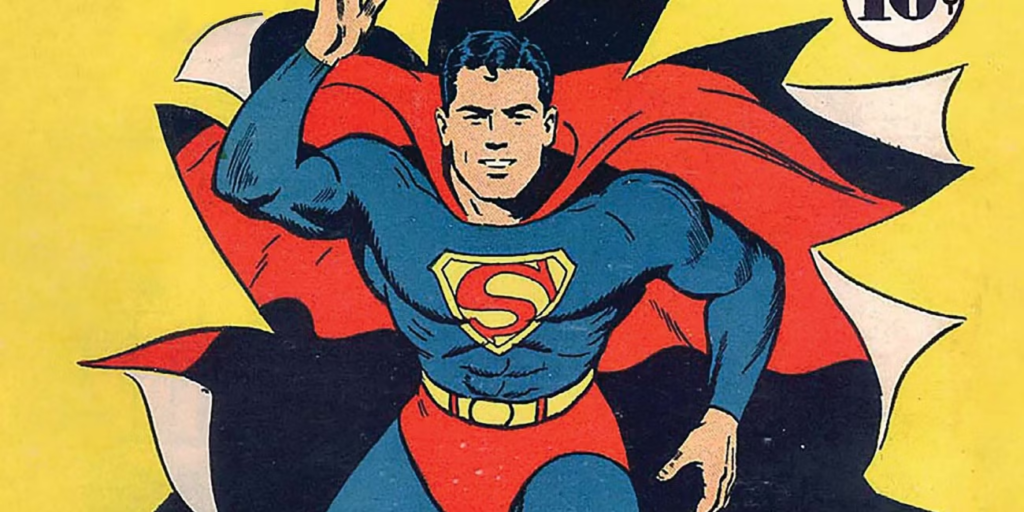
Origins and Notable First Appearances
The Golden Age of Comics is often said to have begun with the publication of Action Comics #1 in June 1938, which introduced the world to Superman, created by Jerry Siegel and Joe Shuster. This debut heralded the superhero genre, leading to an explosion of new characters and stories.
Following Superman’s success, many other iconic heroes made their first appearances:
Batman: Created by Bob Kane and Bill Finger, Batman debuted in Detective Comics #27 in May 1939. Batman’s dark, brooding persona and his rogues’ gallery of villains set him apart from other heroes of the time.
Wonder Woman: Debuting in All Star Comics #8 in December 1941, Wonder Woman was created by psychologist William Moulton Marston and artist Harry G. Peter. She became a feminist icon and one of the first female superheroes.
Captain America: Created by Joe Simon and Jack Kirby, Captain America first appeared in Captain America Comics #1 in March 1941. With his patriotic shield and unyielding spirit, Captain America quickly became a symbol of American ideals during World War II.
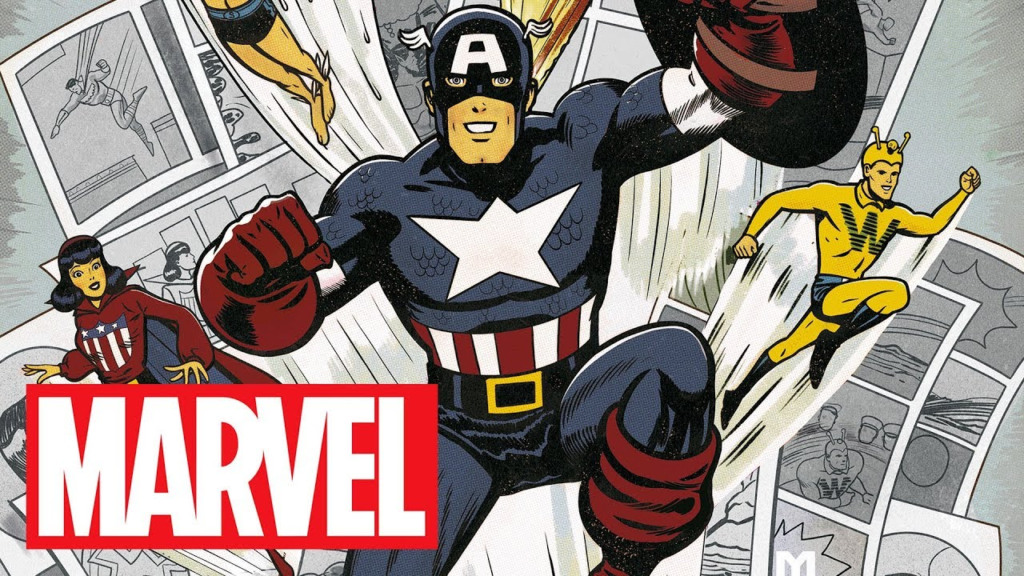
Major Comic Book Companies
The Golden Age was dominated by several major comic book companies that produced a vast array of titles and characters:
DC Comics: Originally known as National Allied Publications, DC Comics was home to Superman, Batman, Wonder Woman, and the Justice Society of America. DC set the standard for superhero comics with its rich, interconnected universe.
Marvel Comics: Known as Timely Publications during the Golden Age, Marvel introduced characters like the Human Torch, the Sub-Mariner, and Captain America. Under the guidance of creators like Stan Lee, Joe Simon, and Jack Kirby, Marvel laid the groundwork for its future success.
Fawcett Comics: Best known for Captain Marvel (later known as Shazam), who first appeared in Whiz Comics #2 in 1940. Created by Bill Parker and C.C. Beck, Captain Marvel became one of the most popular superheroes of the era.
Quality Comics: This company introduced characters like Plastic Man and Blackhawk. Though less prominent today, Quality Comics made significant contributions to the Golden Age superhero roster.
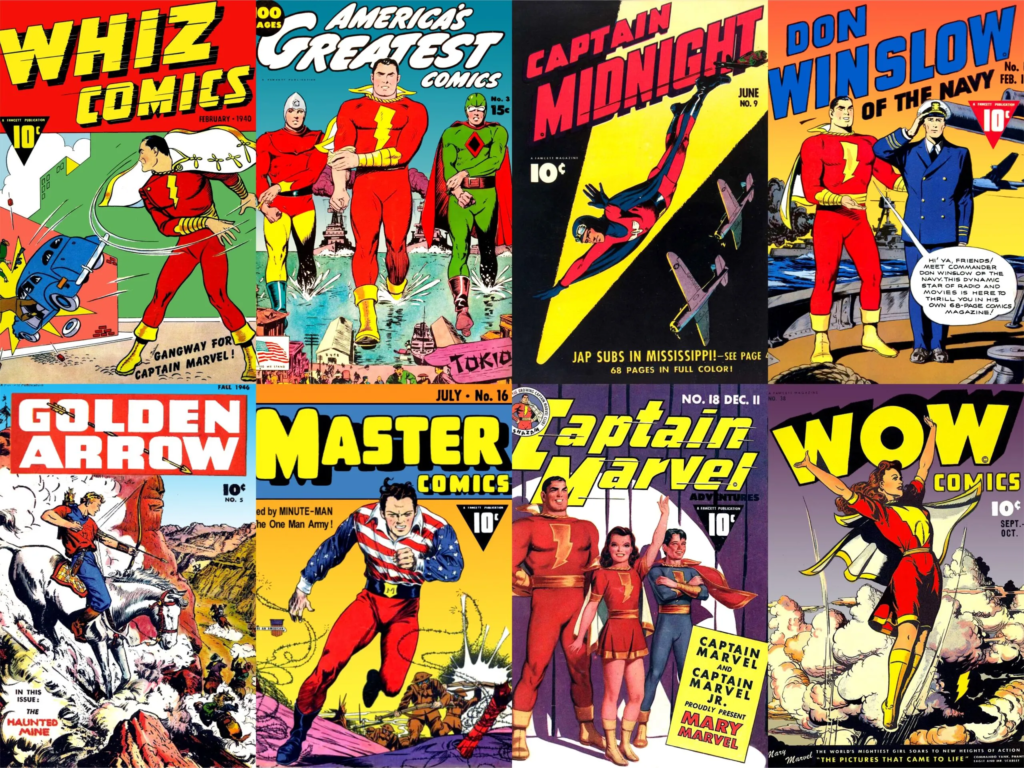
Key Writers and Artists
The Golden Age of Comics was a time of remarkable creativity, with numerous writers and artists leaving a lasting impact on the industry:
Jerry Siegel and Joe Shuster: As the creators of Superman, Siegel and Shuster set the template for the superhero genre.
Bob Kane and Bill Finger: Kane and Finger’s collaboration on Batman established one of the most enduring and complex superheroes.
William Moulton Marston and Harry G. Peter: Their creation of Wonder Woman brought a unique blend of mythology, feminism, and adventure to comics.
Jack Kirby and Joe Simon: Together, they co-created Captain America, and Kirby’s dynamic art style would go on to influence countless artists.
Will Eisner: Known for his work on The Spirit, Eisner’s storytelling techniques and innovative layouts pushed the boundaries of what comic books could achieve.
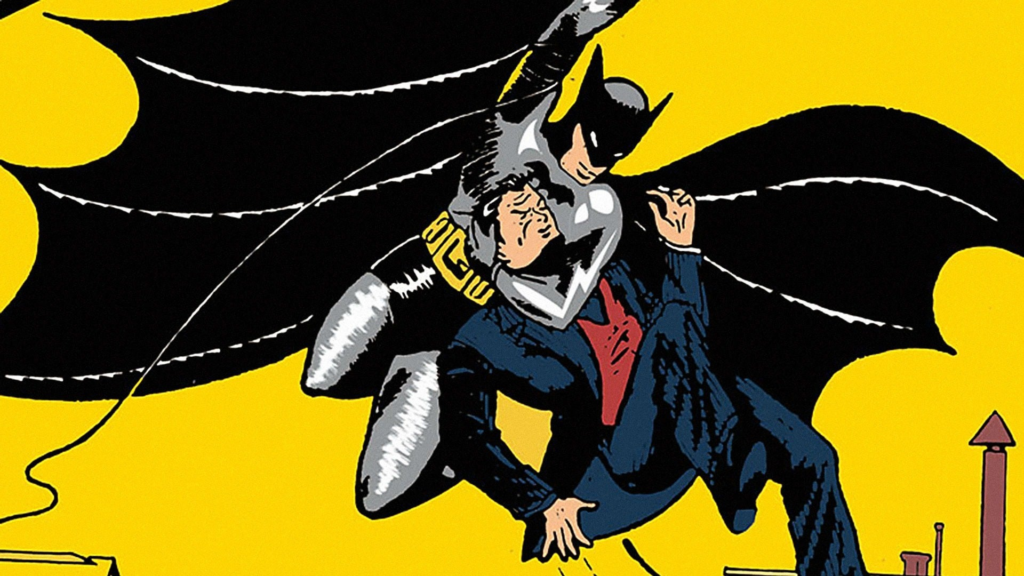
The Golden Age of Comics had a profound impact on American culture and beyond. During World War II, superheroes became symbols of hope and patriotism. Characters like Superman, Batman, and Captain America fought against the Axis powers, boosting morale on the home front and abroad.
Comic books were also a reflection of societal changes and issues. Wonder Woman, for instance, emerged as a feminist icon, challenging traditional gender roles and promoting the empowerment of women. The diverse range of characters and stories during the Golden Age helped to shape public perceptions of heroism, justice, and morality.
The influence of the Golden Age extends into modern times. The characters and stories from this era have been adapted into numerous films, television shows, and other forms of media. The Marvel Cinematic Universe (MCU) and the DC Extended Universe (DCEU) owe much of their success to the foundations laid during the Golden Age.
The Golden Age of Comics was a period of innovation and creativity that gave birth to some of the most enduring and beloved characters in popular culture. The work of writers and artists during this time set the stage for the evolution of the comic book industry and left a lasting legacy that continues to inspire and entertain audiences around the world. From the first appearance of Superman in Action Comics #1 to the patriotic adventures of Captain America, the Golden Age of Comics remains a cornerstone of the superhero genre and a testament to the power of storytelling.

